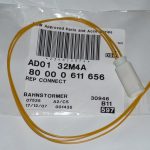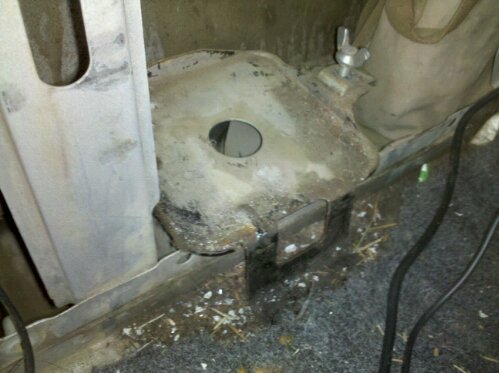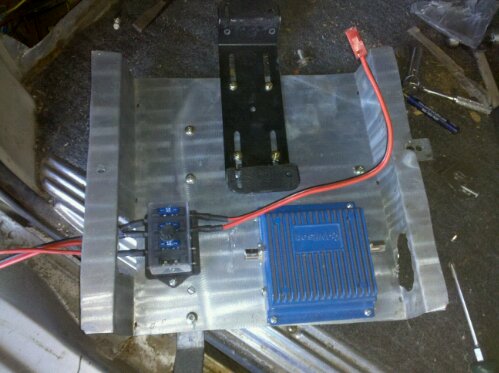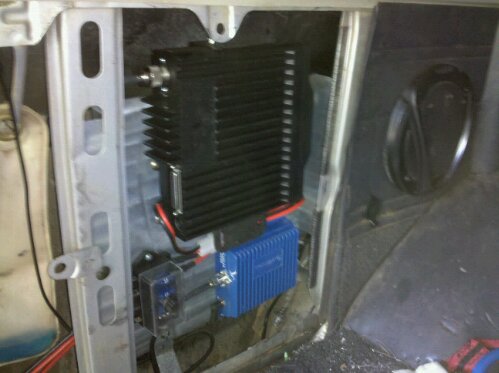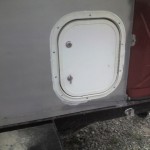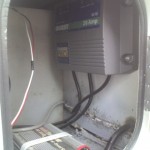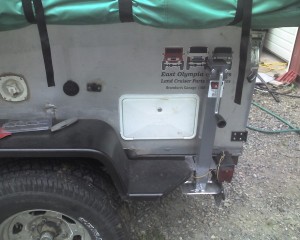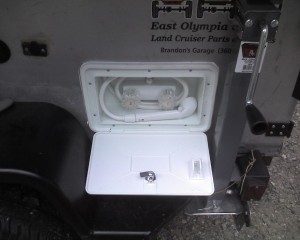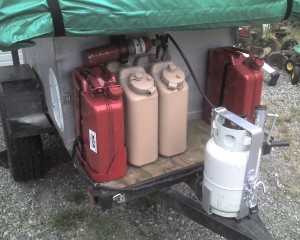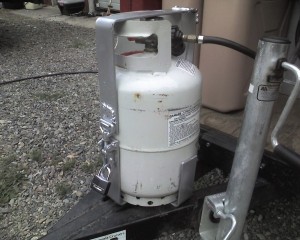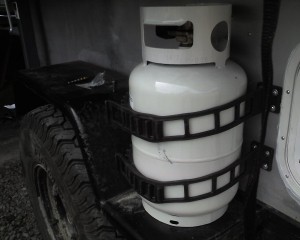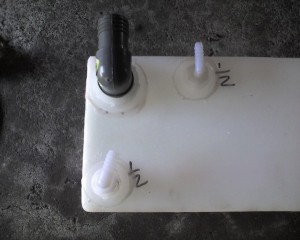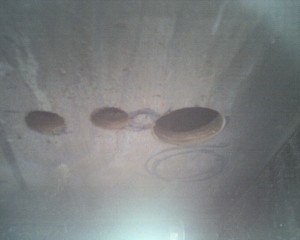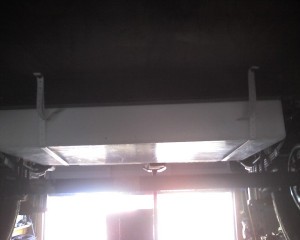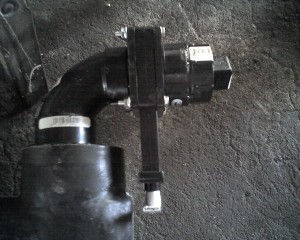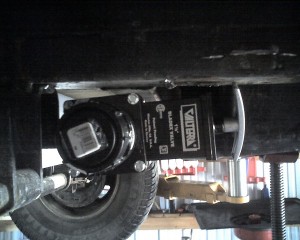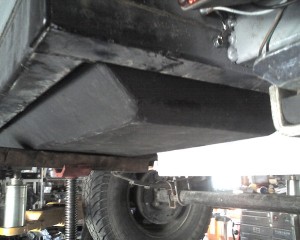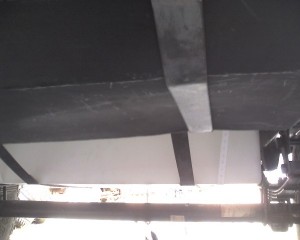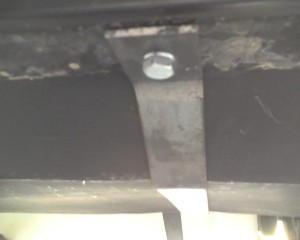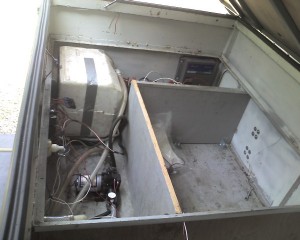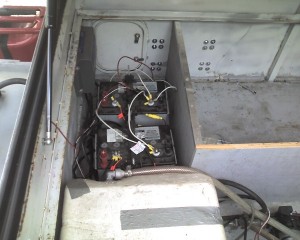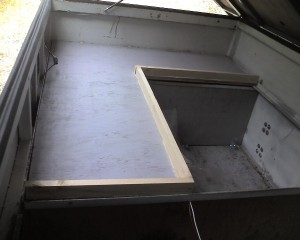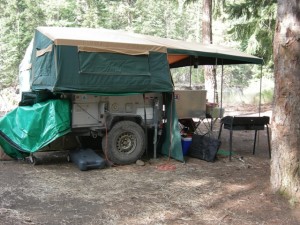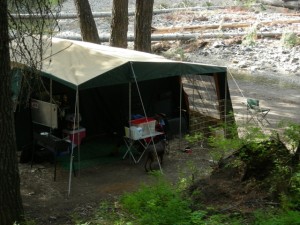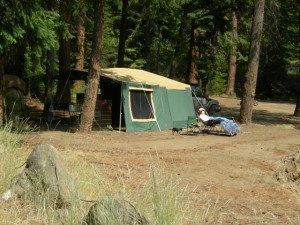My 2015 BMW F800 GS Adventure came from the dealer with two power plugs. One was the factory CAN Bus controlled power outlet on the tank panel, the other an SAE connector tied directly to the battery for charging. The factory BMW socket is the Hella or Powerlet type socket common in Europe but not used much in the US. It is only capable of 5 amps and will shut down if a larger draw is detected by the bikes computer.
I originally just wanted to add power for a GPS (Garmin GPSMAP 64). I had picked up a USB adapter that plugged into the factory socket for charging the phone. My phone takes the micro-USB plug. I found a cheap adapter that was designed to be hardwired and has the mini-USB plug the GPS requires. When adding accessory power, there are two basic options (no matter how you connect power, use circuit protection). One is to just hook it up to the battery like the SAE charger plug. The second is to use the vehicles switching capabilities to turn your accessories on and off with the bike. The first way can lead to dead batteries if you forget to turn your device off and the bike sites for very long.
Fortunately, the BMW motorcycle comes factory ready for their GPS system. It has a CAN bus controlled power connector tucked away near the battery. Depending on the model bike, this plug can be found in various places. The accompanying pigtail connector is available from several sources including the BMW dealer.
When researching how to connect the factory socket I read that some of the USB converters can keep the CAN bus switched on (I don’t really understand how) but I didn’t find a good list of ones that don’t. I ended up with one that did. I wired it directly to the pigtail, hooked it up and tested it. It worked well, and even switched the GPS off after a minute (the factory accessory plug stays on for a minute after shutting off the bike). By the next morning I had a dead battery. Usually when I do a project like this I like the power to be switched through a relay to isolate the power but this time I rushed it.
I decided to do it right and installed a relay to switch the power from the battery to the accessory. I also added a 4 place fuse block at this time. I used the factory GPS circuit to switch the relay. All of this tucked (almost) neatly into the tail section behind and under the seat. I fused the power coming from the battery with a fusible link.

